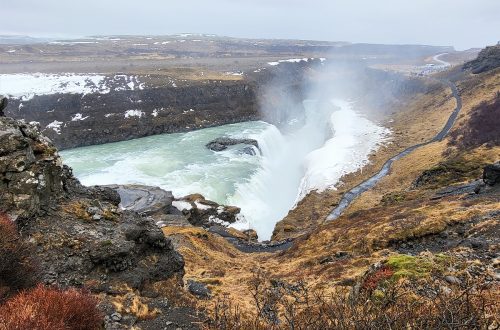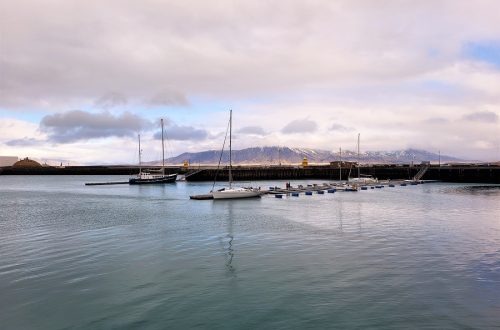The friendly town of Le Bono, on the banks of the River Auray, was the place we called home during our week-long sojourn in Brittany.
With a number of shops and restaurants, a superb patisserie, a couple of intriguing sights, and lots of interesting walking trails, it proved to be an excellent place in which to base ourselves.
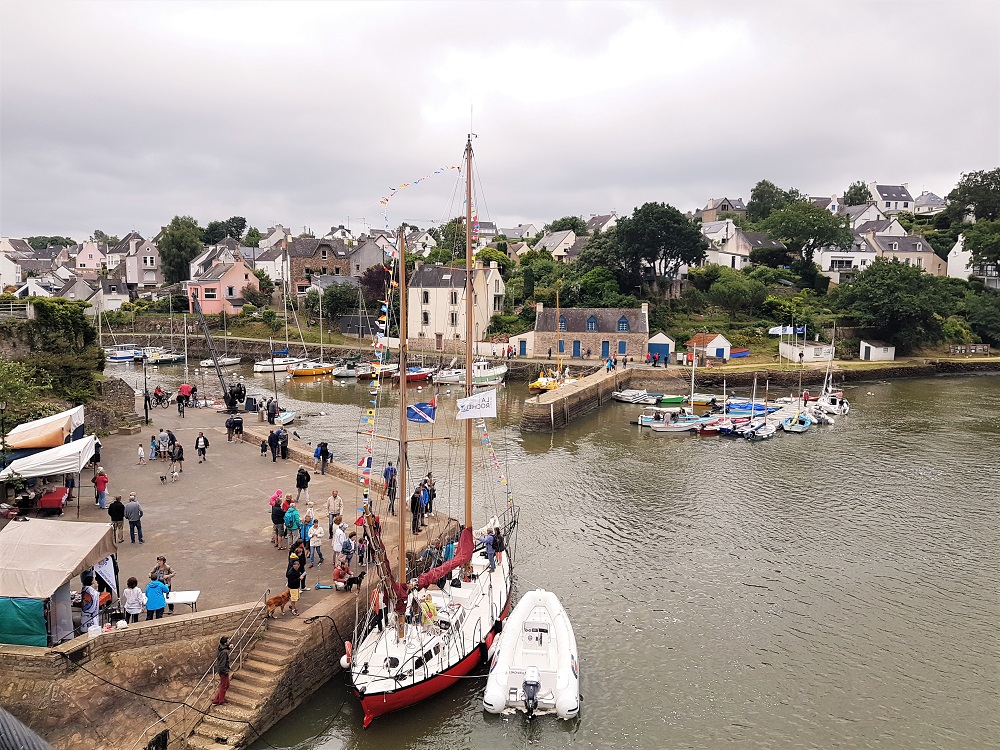
The day we arrived, we inadvertently stumbled upon a Breton festival taking place in the harbour (above).
Delighted by the sights, smells and sounds of the festival, we had great fun marvelling at the boats decked out in colourful bunting and listening to the live, traditional music. It was an unexpected surprise and a fantastic welcome to Brittany.
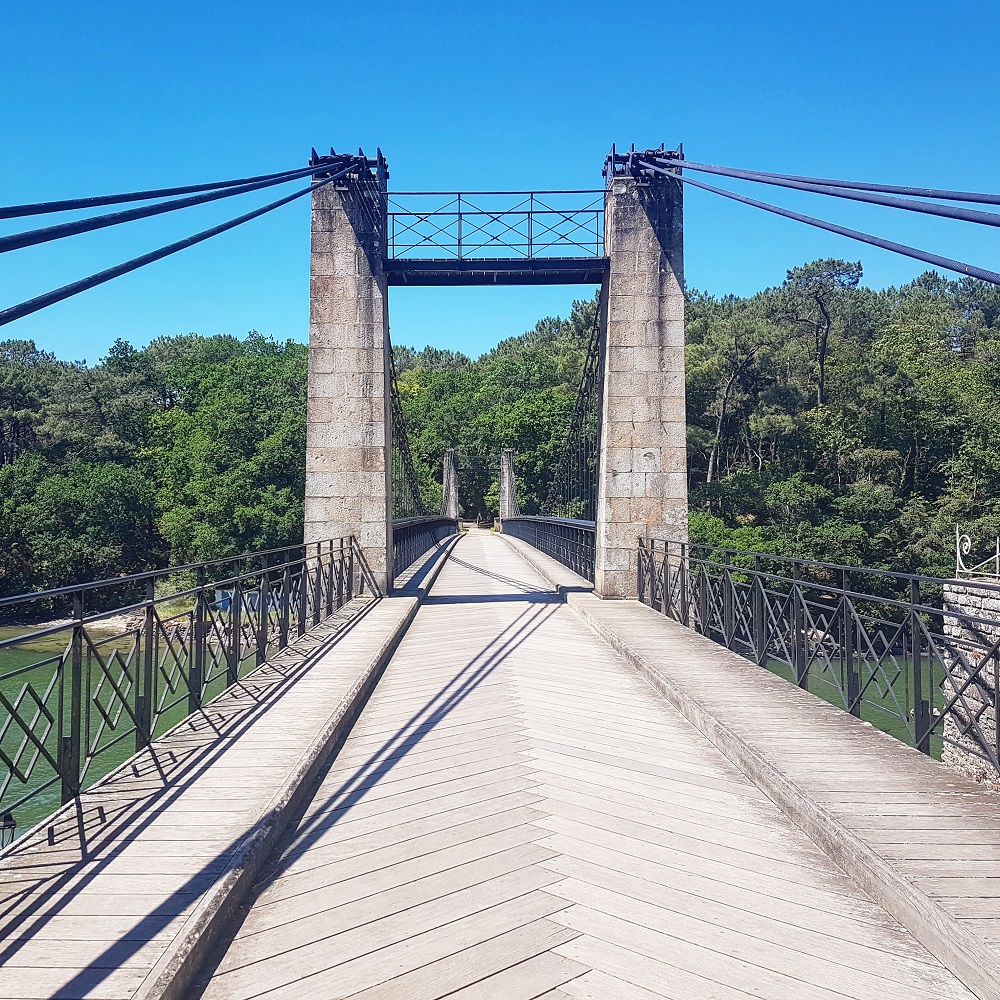
For such a small town, Le Bono is unusual in that it has a couple of noteable sights, one of which is the striking suspension bridge that straddles the River Auray (above).
Built in 1840, the photogenic bridge boasts superb views over the harbour and river. It’s a beautiful structure and I was so taken by it, I visited it at least once a day and photographed it from every conceivable angle.

Le Bono is also home to the Tumulus de Kernours, a fascinating and well-preserved neolithic burial mound (above), set amid a well-maintained patch of woodland on the outskirts of the town.
Inside the four-metre high mound is a winding 12 metre-long passage that leads to a large burial chamber, which boasts a number of neolithic engravings on the walls.
There are a number of walking trails around Le Bono and on our last day in the town, we headed off for a hike around the countryside on the other side of the River Auray.
Crossing the suspension bridge, we set off through the woods, following a trail to nearby Saint-Aroye.
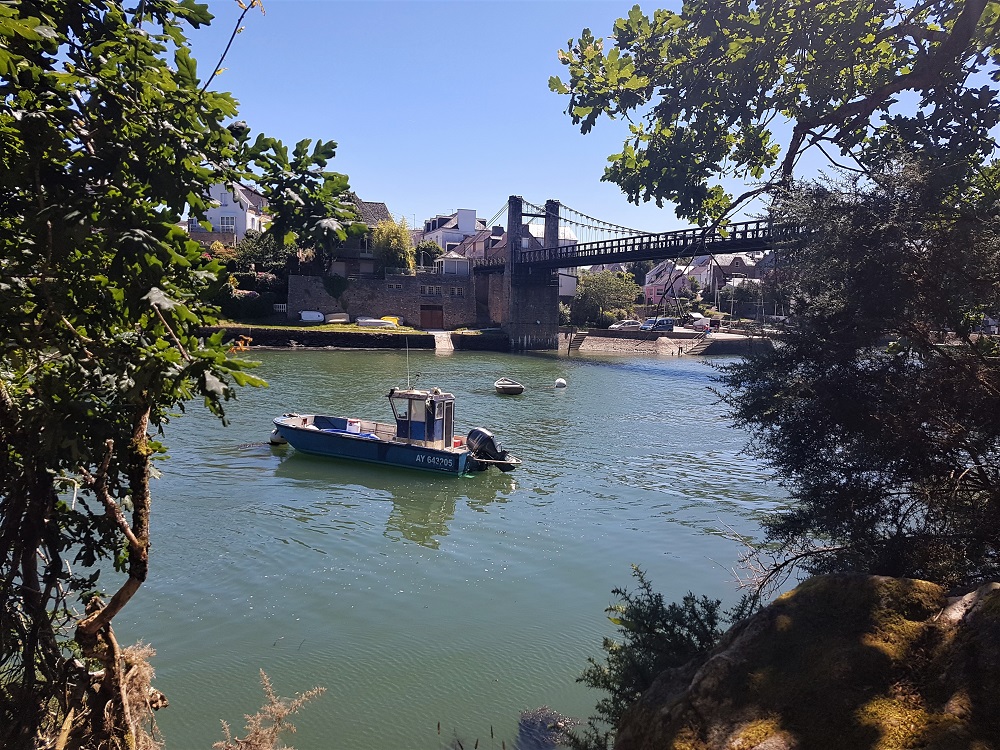
The trail took us along the banks of the river and along the way we found information boards that explained the history of the area and provided information about the surrounding ecosystem.
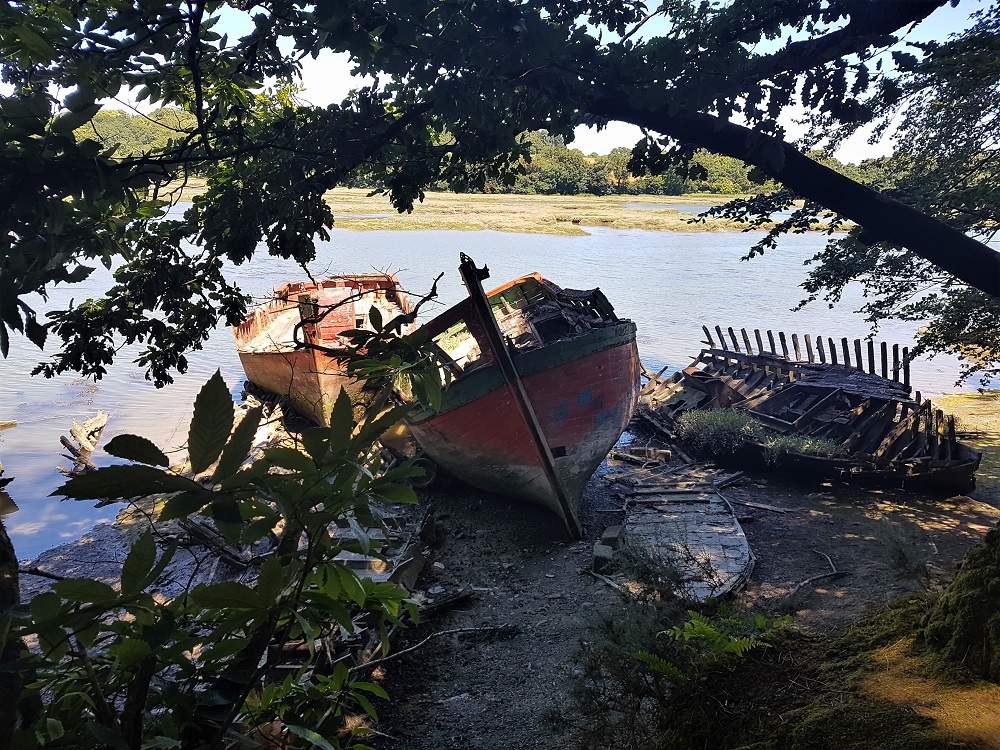
Not far from Le Bono, we passed an inlet in the river that housed a few abandoned boats – it looked like a small boats’ graveyard – in various stages of decomposition (above and below).
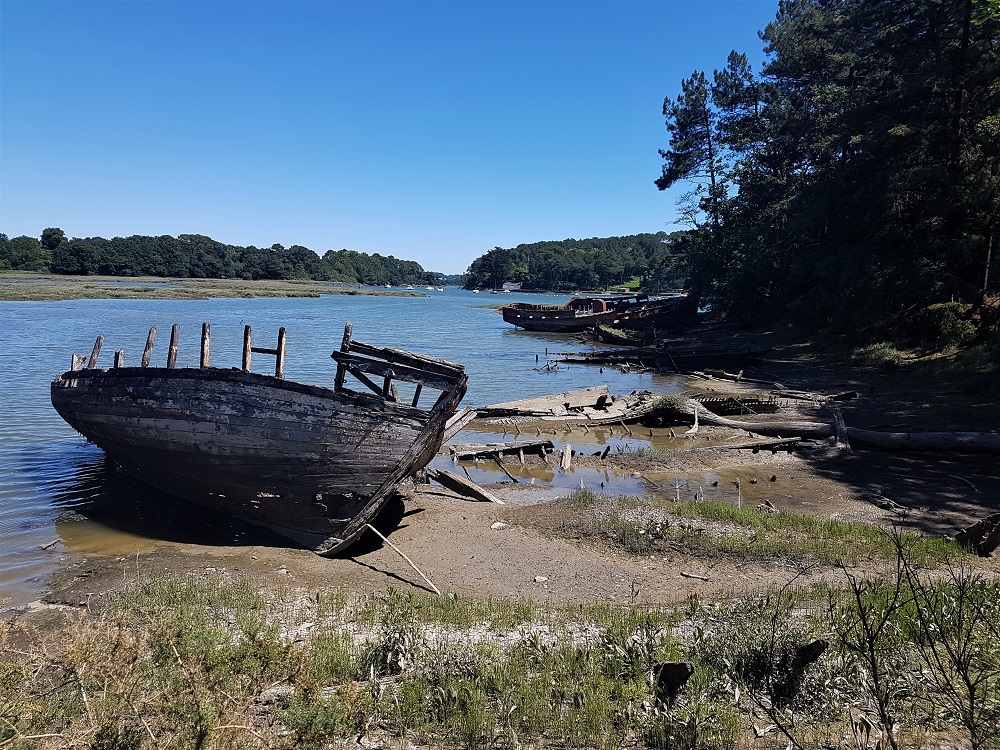
From the boats’ graveyard, we crossed a small bridge and continued along the riverside path, passing a series of marshy islands.
Eventually the trail split and we headed inland through the woods in the direction of Saint-Aroye, which we could see in the distance thanks to its tall church spire.

When we reached Saint-Aroye, we realised it was a hamlet and there was nothing there other than a few houses and the aforementioned church (above), which was closed.
So we decided to head back to Le Bono, choosing a slightly different route that followed a path through some fields that eventually rejoined the riverside trail we’d taken from Le Bono.
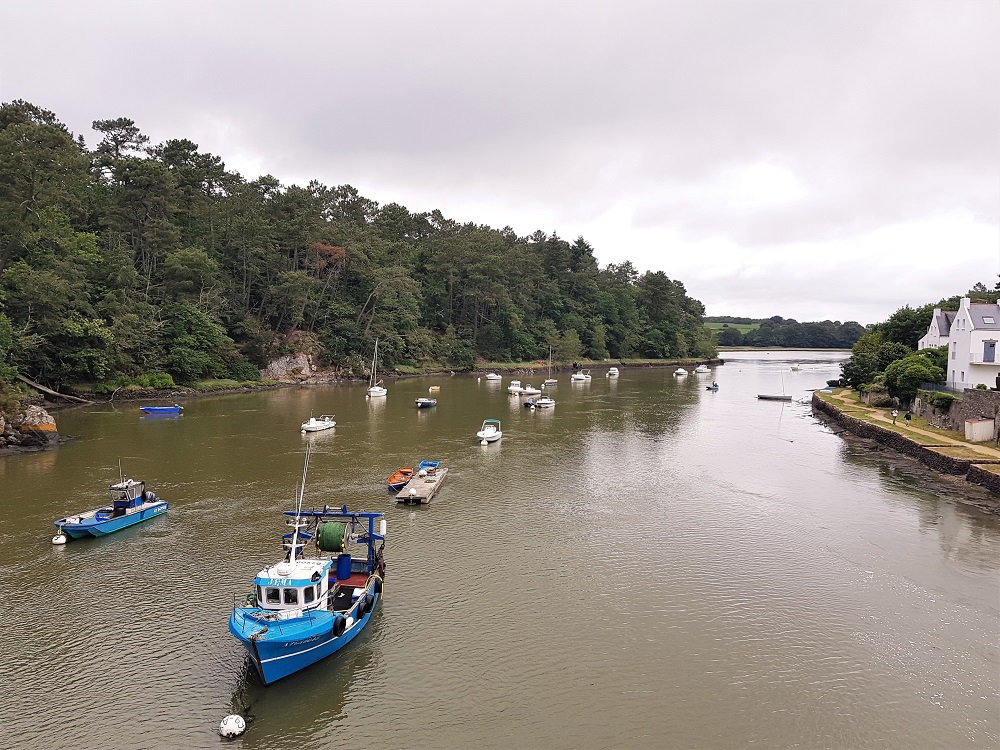
I enjoyed our stay in Le Bono. It was a charming, pretty place with enough to see and do to keep us occupied when we didn’t want to travel further afield, and it had all the provisions we needed to make our stay comfortable.
If I was to go back to Brittany’s Morbihan region, I’d consider staying in Le Bono again as it was pretty much the perfect base.





